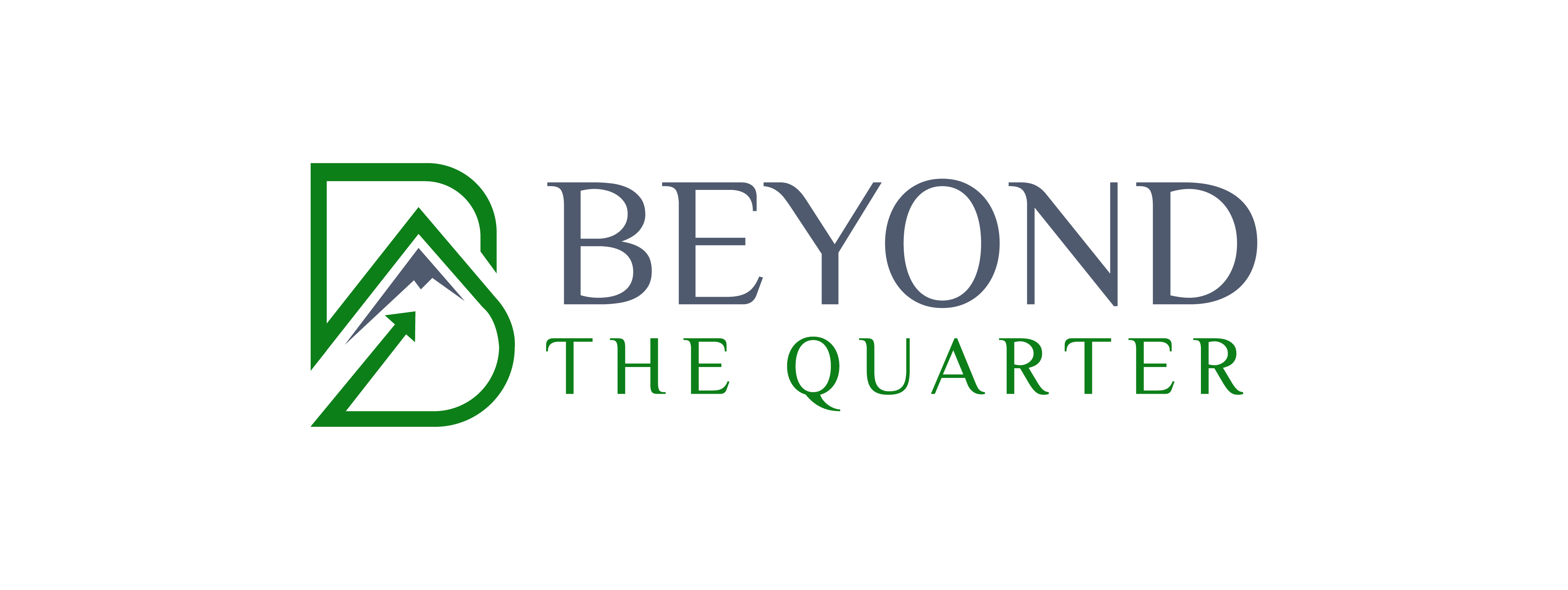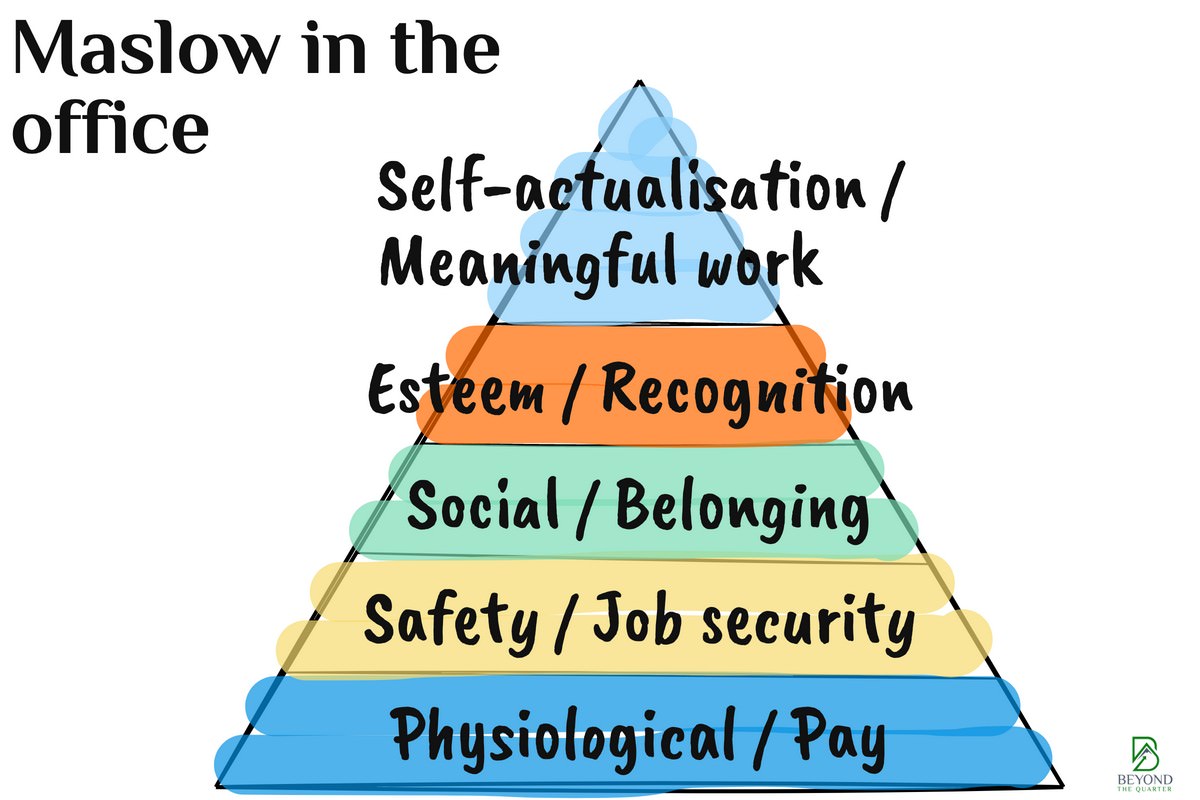In SMEs that are growing strongly, the attraction is often the founder. Their vision. Their strength of personality. Their passion.
All of which is essential. But being an attractor doesn’t guarantee you’ll attract and grow the best team. That takes intentionality.
In my previous 2 Build on Purpose newsletters, I introduced the consultant lifecycle model I used to reduce team churn from 40% to 6%. In tomorrow morning’s newsletter, I talk through a model I found useful for understanding a team’s needs at work
It’s not mine. I wish I had that size of brain. It’s actually a derivative of Maslow’s hierarchy of needs. Old Abe Maslow was a clever chap!
Here’s how I use it. The key is to address each need in order. Not completely linear, but certainly in terms of direction! It’s adapted in the graphic.
1\. Physiology: Maslow’s baseline is all about food and shelter. Without them, you’ll focus on little else.
In the work world, the baseline is pay. If you’re not paid fairly, pretty much everything else becomes irrelevant. Don’t try to bribe people into your team with perks and personality – pay them fairly, then talk perks and personality.
2\. Safety: for Maslow, this was about being safe from harm, and the worry that comes with it.
At work, this is job security – your team wants to feel they’ll have a job tomorrow. That gives you 3 (easy!) responsibilities:
i. Have a stable business.
ii. Have a real job to hire someone in to.
iii. Don’t hire on a whim (or your team will know you fire the same way).
3\. Social: above physical needs comes companionship, society, love. We are a social animal, even if we’re trying our best to desocialise ourselves with tech.
In work, foster human ties. I’m a huge fan of developing multiple ways to connect and thickening a social lattice on that basis – projects, communities of practice, mentoring, line management – countless ways to do this. Often, the strongest tie to a specific company is the relationship between team members.
Esteem: per Maslow, appreciation and respect are the positive motivational drivers that sit above our food, safety and social needs.
This needs minimal translation to the workplace. Create opportunities and an environment for people to shine both to you, and most importantly to their peers. Build this into your business model.
Self actualisation: this is the peak of the pyramid, and is when we believe as humans that we are fulfilling our potential in a meaningful way.
In work, this translates to 3 things:
i) working for a purposeful company.
ii) having a meaningful job to do. Avoiding what David Graeber called in his magnificent book “bullshit jobs”.
iii) opportunities for growth through the right level of challenge.
I go into this in a lot more detail in my newsletter, which goes out tomorrow – Saturday – morning. You can subscribe below.
[su__blog_promo]
